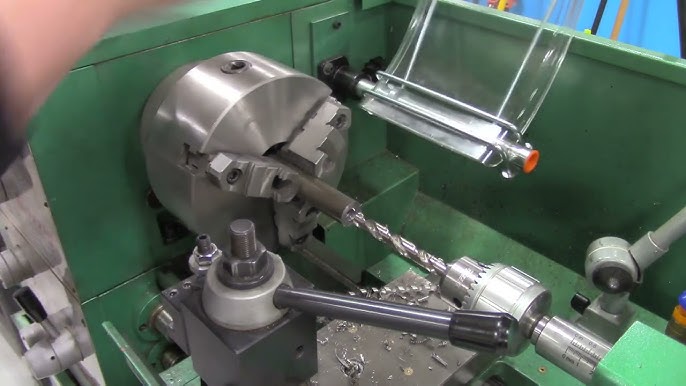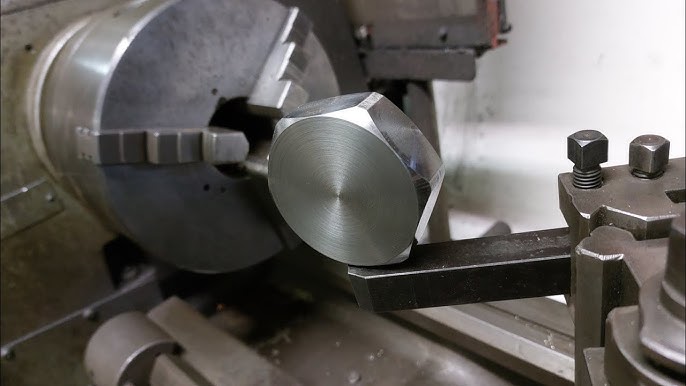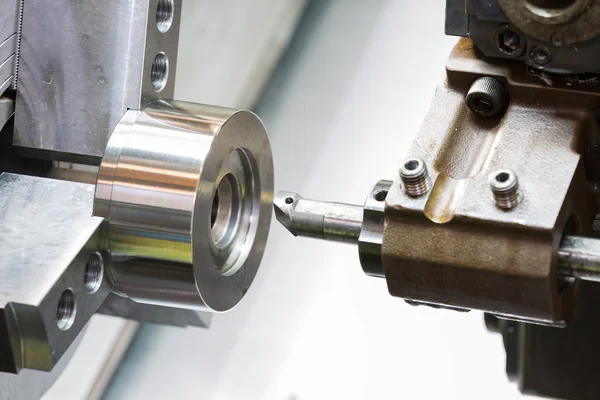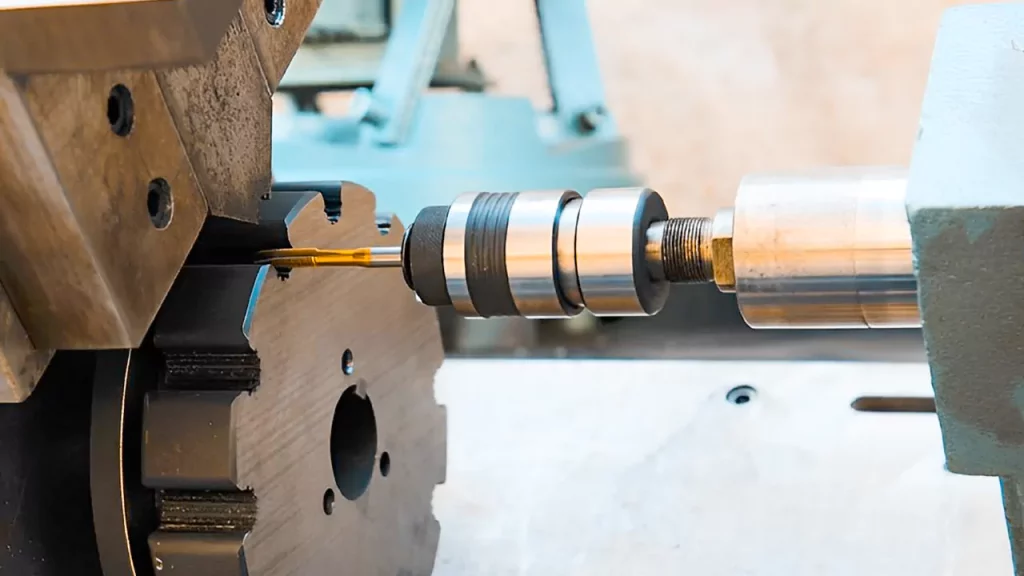When industry professionals approach a challenging crossword puzzle, the clue ‘what lathes work on‘ can be perplexing. To offer detailed insights, this article takes a deep dive into what lathes work on, why they are essential in the manufacturing and engineering industries, and their broader applications. Understanding this foundational technology will not only help solve crossword puzzles but also deepen your appreciation for how lathes shape our world.

Introduction to Lathes
Lathes are pivotal machines in manufacturing that have been used for centuries to shape materials. They are instrumental in creating objects with symmetry around an axis. Since their invention, they have significantly evolved, and modern lathes are equipped with advanced technologies that allow for precise and high-speed manufacturing.

Understanding Lathe Work
Basic Operations
At their core, lathes rotate workpieces, enabling various cutting, sanding, and drilling operations to create symmetrical objects. The primary operations are:
- Turning
- Boring
- Facing
- Threading
Materials Worked On
Lathes can work on a multitude of materials including:
- Metals
- Wood
- Plastics
- Composites

The Evolution of Lathe Technology
Historical Perspective
Lathes were originally simple devices used in ancient times, but with industrial progress, they have transitioned into highly sophisticated and versatile machines.
Modern Advances
Today, lathes incorporate advanced technological features such as:
- CNC (Computer Numerical Control)
- High-speed machining
- Precision control

Applications in Industry
Automotive Industry
Lathes are indispensable in manufacturing automotive components, offering precision and efficiency.
Aerospace Engineering
Due to their high precision, lathes are widely used in creating aerospace parts, ensuring safety and durability.
Medical Equipment
The medical field relies on lathes for crafting intricate and precise devices.
High-Speed Machining
Optimizing Production
Modern tactics for high-speed production streamline processes and increase output.
Conclusion
Understanding what lathes work on not only aids in solving crossword puzzles but also offers insights into the significant role they play across various industries. As technology progresses, the applications and capabilities of lathes continue to expand, cementing their importance in both the manufacturing and engineering worlds.
Frequently Asked Questions (FAQs)
What are the main materials lathe works on?
Metals, wood, plastics, and composites.
How have lathes evolved over the years?
From simple hand-powered devices to sophisticated CNC-driven machines.
What industries rely heavily on lathes?
Automotive, aerospace, and medical equipment manufacturing.
For further detailed insights into the types of lathes and their role in machining, see this external guide.